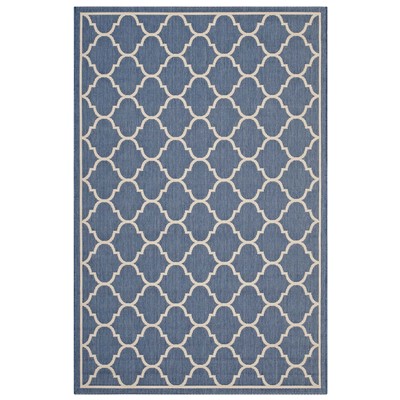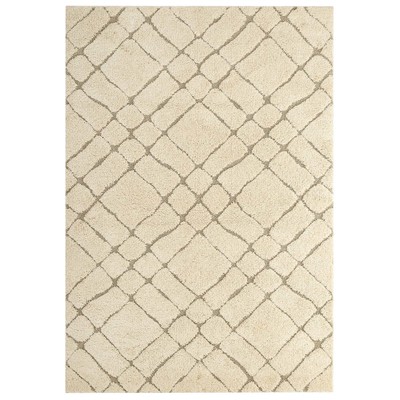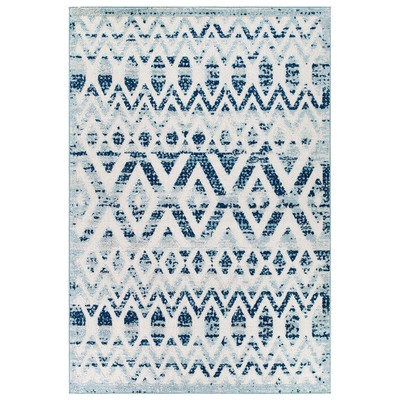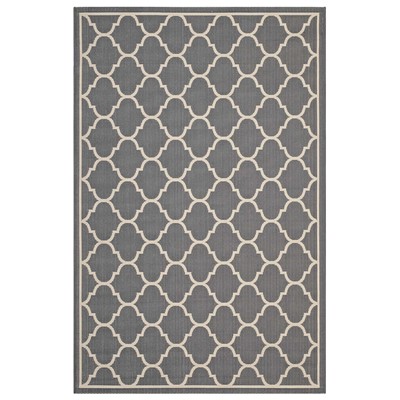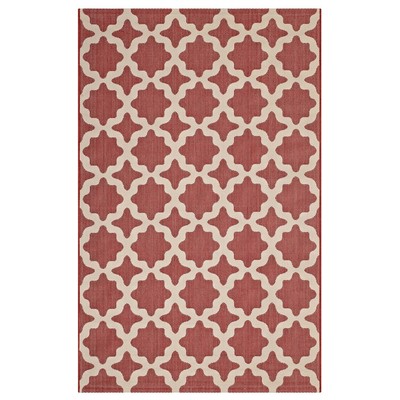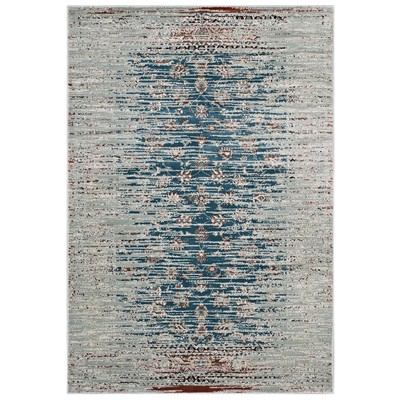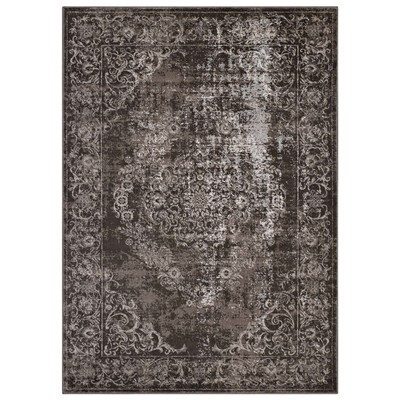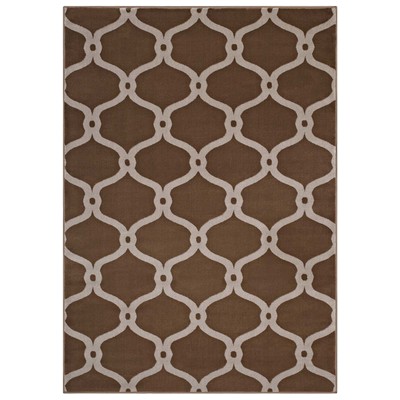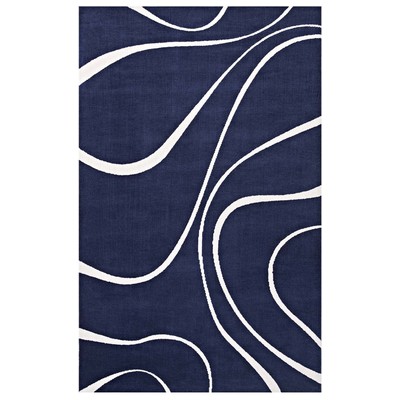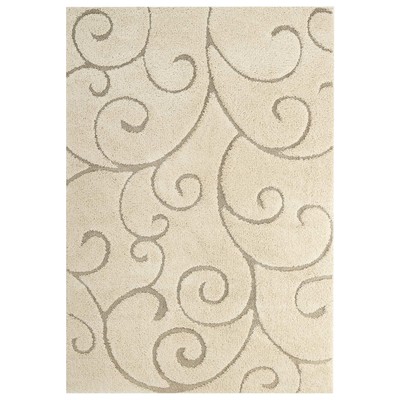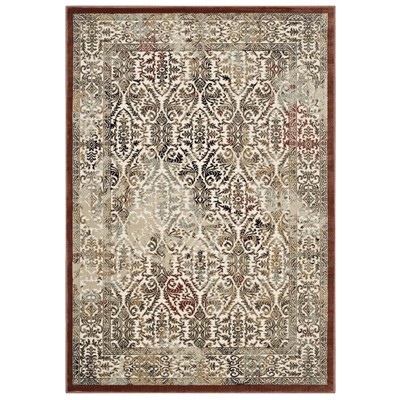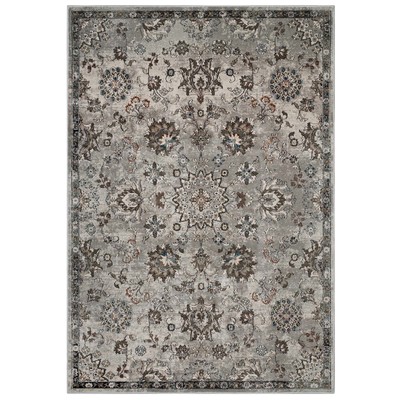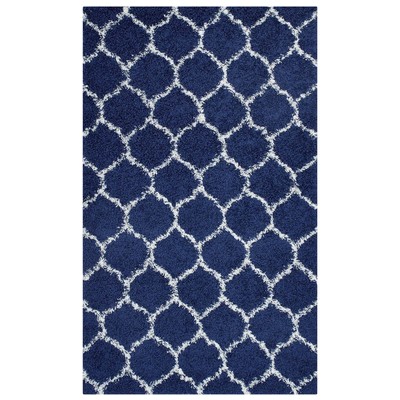Choosing a new area rug is never a simple endeavor. There are so many rules and opinions, many of them conflicting, that it can be intimidating to start the search. In this series, we’re going to take a thorough look at everything that goes into buying the perfect rug. From planning to purchase and everything in between, we’ll take you through every stage of the process. Today, that means taking a look at everything you need to know before you start looking.
Why Do You Need An Area Rug?
The first step in buying a new area rug is figuring out what role it will play in your room. Good area rugs wear many hats, both in terms of style and function. Prioritizing what your space needs most and keeping that in mind throughout the process will help you wind up with a rug you’ll be happier with in the long run. First and foremost, area rugs are there to soften (literally and figuratively) hard tile, wood, or concrete floors. They’re softer and warmer underfoot and can help prevent sound from echoing. They can also be used to help define spaces, separate out a cluster of furniture, or create a conversation area. Rugs can be used to cover up sub-par flooring, or even as a purely decorative statement piece.
Shop Rugs:
Number, Size, or Style?
If you primarily want an area rug to counteract your hard floors, you may wind up needing more than one. More rugs means more coverage, and is a must for keeping the major walkways in your house covered. Alternatively, if you’re using one to visually unify a group of furniture, you probably will only need one large rug. If you’re using it to cover the flooring, the most important aspect will be the size. With a more decorative rug, the emphasis will be on the color, pattern, and material.
Area Rug Sizing and Placement
Once you’ve decided the why of the rug, it’s time to get out your measuring tape. There are specific guidelines for every room (which I’ll get into more in part 2 of this series). But you want to have a solid idea of the dimensions of the space you want to put the rug in, as well as any furniture there. When covering the floors in more than one room, here should be enough space between rugs to step comfortably; the edges should never touch or overlap. To create a conversation area, you want a rug that’s at least 6 inches wider on at least two sides (if not all four) than the widest piece of furniture – usually the sofa. For a very large area rug, you want to leave a 12″-18″ border of bare floor between the rug and all four walls, or, in a small room, about 6″-12″.
Round Up or Down?
Unfortunately, most area rugs come in only a few standard sizes. That means these measurements will rarely be perfect; think of them more as a guideline. Always round up to better fit the furniture (unless the bigger size will be too close to the walls/walkways). In a pinch, it’s okay to have only two legs of your furniture on the rug rather than all four. But a rug that’s obviously too big or too small for the space is just a waste of money!
Don’t Skimp On Size
Opting for a slightly-too-small rug because it’s less expensive is the biggest mistake you can make when buying a new rug. No matter how nice the rug, if it’s too small, it will never quite work with the space. If you need a 9×12, don’t settle for a less expensive 8×10; wait until you can afford the bigger rug. It’ll be worth it in the long run to have a piece that really works with the space. Whenever possible, don’t let budget be a determining factor in the size of the rug you choose. Instead, shop around for less expensive materials or brand names to help make up the cost of a larger rug.
It Pays To Shop Around

Finally, don’t buy the first rug you see that you like. A big, expensive area rug is a relatively long term investment, so it’s important to shop around. Taking your time will ensure you find the best combination of appearance, quality, and affordability. You’ll find the greatest variety online, from size and shape to material and style. Since the original writing of this post, it’s gotten harder to shop for area rugs in person; most vendors won’t have more than a token sampling. That said, getting to touch and feel some options in person can help you get a better sense of common materials, and shop smarter – even if the sizes and styles aren’t right. Even if you find a design you love, take some time to look for a similar pattern for a better price or higher quality; you’re more likely to find it with a rug than most other types of furnishing.
But don’t let the wealth of options overwhelm you. Instead, think of them as a way to add a customized touch to your living space that can last for years to come. For more information about choosing a new area rug, check out Part 2 and Part 3 of this series.
Shop Area Rugs:










